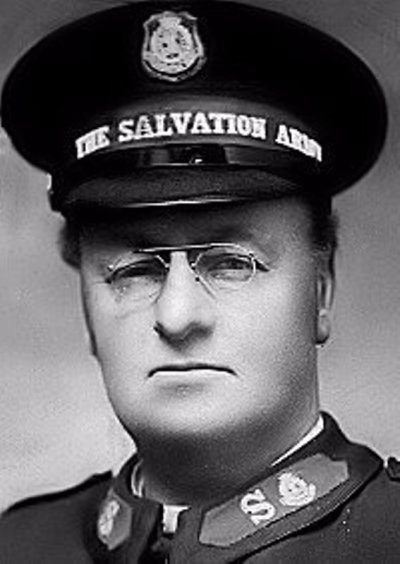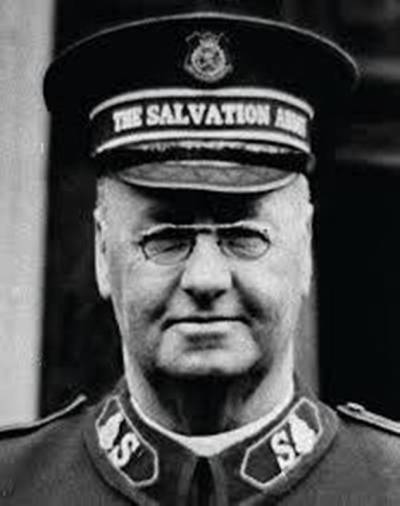
Australians have always had a curious attitude to their favourite biscuits. Eating them is not enough. We have to play with them. Long before someone thought to bite off the corners of a Tim Tam to slurp coffee up the centre, millions of Aussie children squeezed thin yellow and black worms out of two SAOs sandwiched together with butter and vegemite.
Made from ‘seven layers of flaky pastry’ to give them that ‘light bubbly texture’, SAOs were once Australia’s favourite biscuit. 525 million were sold annually in the early 1980s, dropping right back to 190 million at the beginning of this century—as the Tim Tam revved up in popularity.
Arnott’s started as a small bakery in Newcastle in 1865. By 1906, when the first SAO came off the production line, the biscuits with the famous ‘Rosella’ on the packet were no longer handmade but factory-produced. Many of Arnott’s delicious products have become more than food legends, they’ve become Aussie icons. The Tim Tam, the Iced VoVo, Shapes, Tiny Teddies and, of course, SAO.
Yes, the humble SAO was a household name. But stories persisted abou
t its own name. One of the most enduring of all rumours is that the word SAO comes from the initials for Salvation Army Officer. There are several variations on this theme, including ‘Salvation Army Order’ and ‘Serve and Obey’.
Whether truth or fiction, one thing is certain: the then twenty one year old manager of the Forest Lodge factory, Arthur Smith Arnott, walked in one morning with a Salvo jacket on to the bewilderment of the staff.
It was 1893 and the previous evening Arthur had dined with a Salvation Army friend and then went onto a Salvation Army Open Air meeting. The meeting was in St Leonards Park, North Sydney. At that meeting Arthur made that life changing decision to become a follower of the Lord Jesus, just as his father, William Arnott had done many years before.
Salvation Army

He wore the Salvation Army uniform to work and started Bible study and prayer meetings with the workers. For the next five years Arthur’s musical ability, cheery demeanour and his intense love for souls and winning personality made him a ‘special’ at the Corps in New South Wales.
The call on his life to work only for the Salvation Army was so strong and after much deliberation he entered the Men’s Training Home, Victoria in 1898. Eventually he rose to Colonel and for thirty three years Arthur organised and led the popular Young People’s Demonstrations in the Melbourne Exhibition Hall with a 1,000 children on the stage.
It is said that Arthur never drew an allowance of more than a shilling a year as he was supported by the Arnott family. Workers at the time remember the Army had a standing order for the SAO biscuit and some think the letters stood for ‘Salvation Army Order’.
He was noted for his zeal and tact as a soul winner and his ability to raise money. In 1909 Arthur was appointed to raise funds for the advancement of the Salvation Army work, which included acquisition of numerous buildings, halls and institutions.
Arthur’s specialised in Children’s work and his ‘happy’ songs that he wrote were sung all around the world. He told the children ‘It is impossible to sing and grumble at the same time. But it is quite natural to sing and pray and rejoice all at once.’
An article by Major Adelaide Ah Kow in the United Kingdom edition of War Cry gives Arthur the title of ‘The Singing Warrior’. His cheery irrepressible demeanour won him friends around the world
While the exact truth is lost, almost everyone agrees that the name was in some way a tribute to Arthur Arnott or his involvement with the Salvation Army.
Today the Arnott Foundation supports projects including Camp Quality, Food Bank, Driver Reviver and Fairy Sparkle.
Annie Hamilton www.diduno.info

Graham McDonald is the President of Diduno